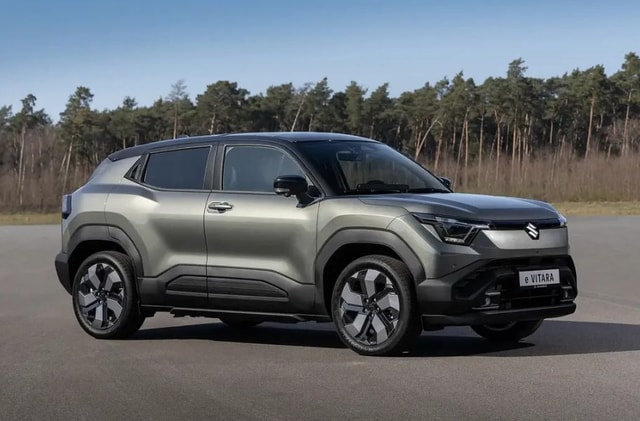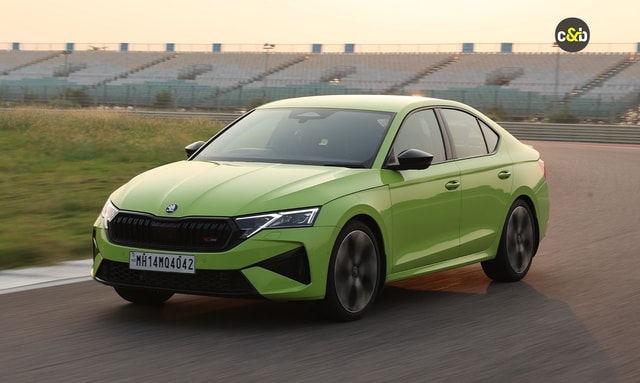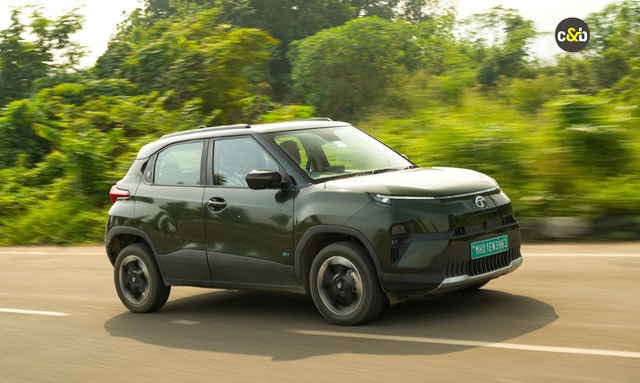Continental Celebrates The 50th Anniversary Of The Anti-Lock Braking System

German auto component maker, Continental, has announced the completion of 50 years, since the world premiere of the first Anti-Lock Braking System (ABS) at the 1969 Frankfurt Auto Show. It was the American technology firm Teves, later changed to IIT Teves, which had showcased the MK 1, the first anti-lock braking system at the motor show. Interestingly, the idea of a technology that can prevent the wheels from locking under hard barking was present since the 1920s, but the solution to the problem only emerged with the development of powerful electronics. So, in 1965, engineers at IIT Teves started working on an ABS for passenger cars, and later became a part of Continental, before it entered series production.
While the technology was revealed in 1969, it took another 15 years, until 1984 for it to enter series production, mainly due to oil crises and subsequent weakening of the economy, which affected the automotive market back then. However, during this period, the company did install the ABS technology in 36 test vehicles which were used by the Swedish Police. However, the time also allowed Teves to work on perfecting the system, and in 1984, it launched the MK II, the world's first microprocessor-controlled ABS for passenger cars on the road. It was the first system to combine the brake function, brake booster, hydraulic control and anti-lock brake system into one compact unit.

The MK I and MK II were early ABS units, while the MK C1 is the latest system from Continental; MIB is ABS for motorcycles
Helmut Fennel, who at the time held a key function in promoting the use of microprocessors for ABS, explains the decisive advantage of the technology as follows: "Due to its programmability, our system could be quickly and optimally validated both for braking manoeuvres on rough roads, that is, with a high coefficient of friction, and for those on slippery roads, such as on ice in winter. It was also considerably more flexible than other solutions and could, therefore, be quickly adapted to different vehicle concepts, such as models with front-wheel or all-wheel drive. The microprocessor solution gave us a head start of several years."
Back then ABS technology was considered to be a premium feature and was only offered as optional equipment for an additional cost. In fact, in North America, the Lincoln Continental, while the European market saw the addition of ABS in the Ford Scorpio, however, the latter got the safety system as a standard feature. Soon, Continental started updating its ABS units with a traction control system (TCS), and soon with every generation upgrade, new features started coming in as part of the package like - electronic brake force distribution (EBD) and electronic stability control (ESC). Today an ABS technology is equipped with up to 50 additional functions, such as the automatic release of the parking brake when starting, hill start assist, or as an important component of adaptive cruise control systems. The first production-ready ABS from Continental was the size of a 5-litre gas can and weighed 11.5 kilograms, now it' weighs as low as 2 kgs or less.
Continental says, since the introduction of the first systems at the end of the 1970s, the total number of people killed in road traffic in Germany has fallen by 80 per cent. The company also says that according to GIDAS accident research, 25 per cent of all motorcycle accidents in the two-wheel sector can also be prevented by standard ABS. Thus, ABS makes a significant contribution to the long-term goal of Vision Zero, a future without road traffic crashes.
Trending News
Latest News
 car&bike Team | Nov 10, 2025Bajaj Working On Sub-350 cc KTM & Triumph MotorcyclesBajaj Auto has confirmed that the company is working on sub-350 cc platforms for the made-in-India KTM and Triumph motorcycles for the Indian market.1 min read
car&bike Team | Nov 10, 2025Bajaj Working On Sub-350 cc KTM & Triumph MotorcyclesBajaj Auto has confirmed that the company is working on sub-350 cc platforms for the made-in-India KTM and Triumph motorcycles for the Indian market.1 min read car&bike Team | Nov 10, 2025Maruti Suzuki e Vitara India Launch On December 2The e Vitara is Maruti’s first electric vehicle for the Indian market, with the SUV already being manufactured at the company’s plant in Gujarat.1 min read
car&bike Team | Nov 10, 2025Maruti Suzuki e Vitara India Launch On December 2The e Vitara is Maruti’s first electric vehicle for the Indian market, with the SUV already being manufactured at the company’s plant in Gujarat.1 min read Jaiveer Mehra | Nov 10, 2025Vida VX2 Go Now Offered With 3.4 kWh Battery; Price Starts At Rs 1.02 LakhThe VX2 Go was previously only available with a 2.2 kWh battery pack with the 3.4 kWh unit only available in the VX2 Plus.1 min read
Jaiveer Mehra | Nov 10, 2025Vida VX2 Go Now Offered With 3.4 kWh Battery; Price Starts At Rs 1.02 LakhThe VX2 Go was previously only available with a 2.2 kWh battery pack with the 3.4 kWh unit only available in the VX2 Plus.1 min read car&bike Team | Nov 10, 2025BRANDED CONTENT: Mahindra XEV 9S -- The Next Big Step in Electric SUVsThe country’s first seven-seater electric origin SUV is designed to deliver the size, comfort, and presence expected from a full-size Mahindra.1 min read
car&bike Team | Nov 10, 2025BRANDED CONTENT: Mahindra XEV 9S -- The Next Big Step in Electric SUVsThe country’s first seven-seater electric origin SUV is designed to deliver the size, comfort, and presence expected from a full-size Mahindra.1 min read Jaiveer Mehra | Nov 10, 2025All-New Toyota Hilux Unveiled; Gets EV Powertrain For First Time; FCEV Also ConfirmedThe new Hilux EV features a 59.2 kWh battery, dual-motor all-wheel drive, and up to 240 km of range.3 mins read
Jaiveer Mehra | Nov 10, 2025All-New Toyota Hilux Unveiled; Gets EV Powertrain For First Time; FCEV Also ConfirmedThe new Hilux EV features a 59.2 kWh battery, dual-motor all-wheel drive, and up to 240 km of range.3 mins read car&bike Team | Nov 9, 2025VinFast Limo Green Electric MPV Spied Testing In India For First TimeSeven-seat EV could go up against the likes of the Kia Carens Clavis EV and the BYD eMax 7 should an India launch be confirmed.1 min read
car&bike Team | Nov 9, 2025VinFast Limo Green Electric MPV Spied Testing In India For First TimeSeven-seat EV could go up against the likes of the Kia Carens Clavis EV and the BYD eMax 7 should an India launch be confirmed.1 min read

































































































































